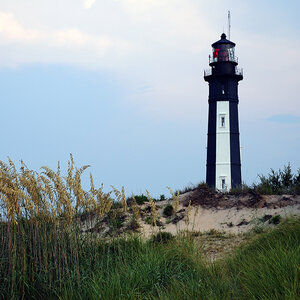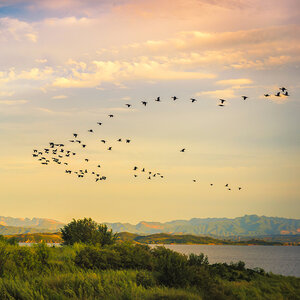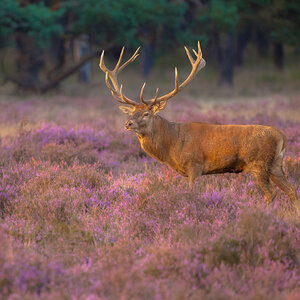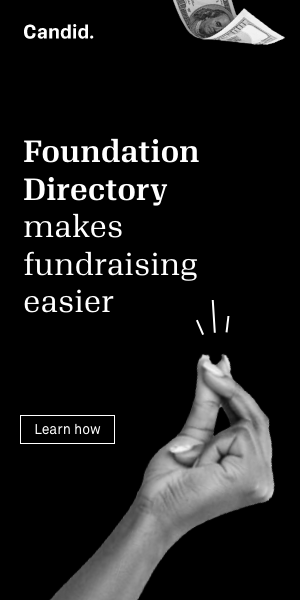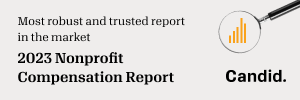National Audubon Society

Mission:
To conserve and restore natural ecosystems, focusing on birds, other wildlife, and their habitats, for the benefit of humanity and the earth's biological diversity.
About the Organization:
In 1886, George Bird Grinnell, editor of Forest and Stream, invited readers to sign a pledge against harming any bird, and close to 40,000 people responded. Grinnell named the fledgling group the Audubon Society for the Protection of Birds, after the American naturalist and bird artist John James Audubon (1785-1851). Membership grew so rapidly that Grinnell was overwhelmed and disbanded the group. In 1896, Harriet Hemenway of Boston and her cousin, Mirna B. Hall, began a campaign urging fellow socialites to stop wearing feathered hats — a practice that resulted in the slaughter of millions of birds, especially egrets and other wading birds — and their efforts led to the founding of the Massachusetts Audubon Society, followed over the next few years by more than thirty state societies. In 1905, the National Association of Audubon Societies was born (the name was shortened in 1940), and New York City was chosen as its headquarters.
Current Programs:
Among many ongoing activities, the society is involved in avian inventory and monitoring, the Puffin Project and Seabird Restoration Program, a Latin America and the Caribbean Program, and a campaign to protect the Arctic National Wildlife Refuge.
Web Site:
A timeline details the history of the organization and related events, including the creation of the first National Wildlife Refuge (under Teddy Roosevelt, in 1903), the first edition of Roger Tory Peterson's A Field Guide to the Birds (1934), publication of Rachel Carson's landmark Silent Spring (1962), the first Earth Day (1970), creation of the Arctic National Wildlife Refuge (1980), and the saving of the Florida Everglades (2000). The Web site contains information on Audubon chapters in and outside the United States, the society's bird-conservation work, current issues, conservation efforts for backyard habitats, and how to take action.
Funding:
Support for the society comes primarily from individual and foundation contributions, and from government grants and program revenue.


